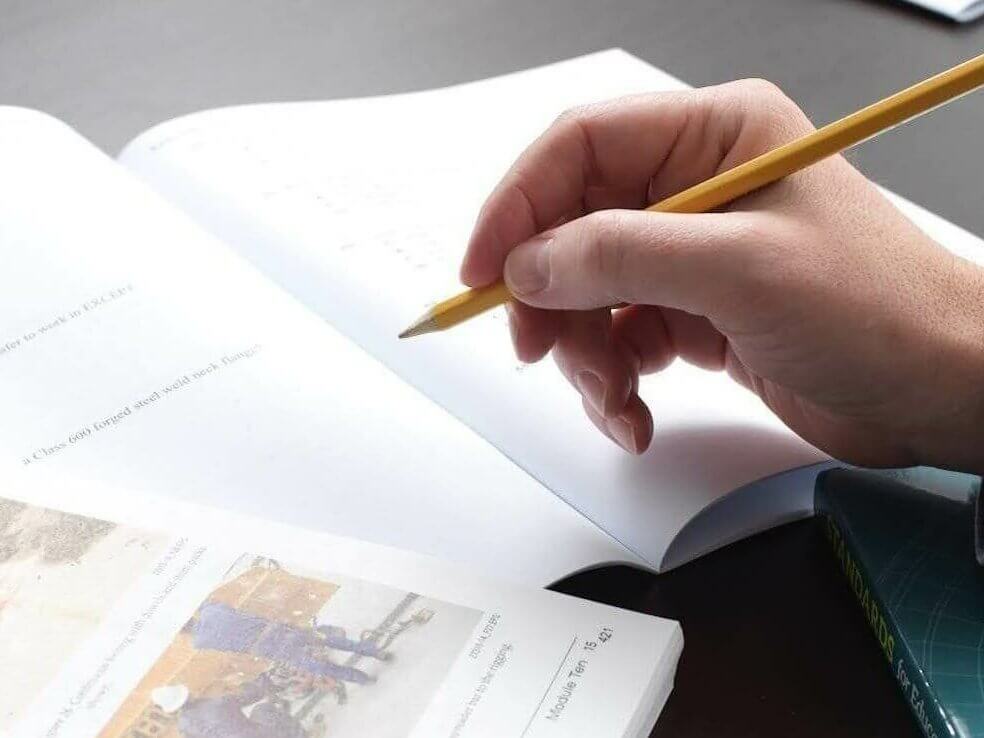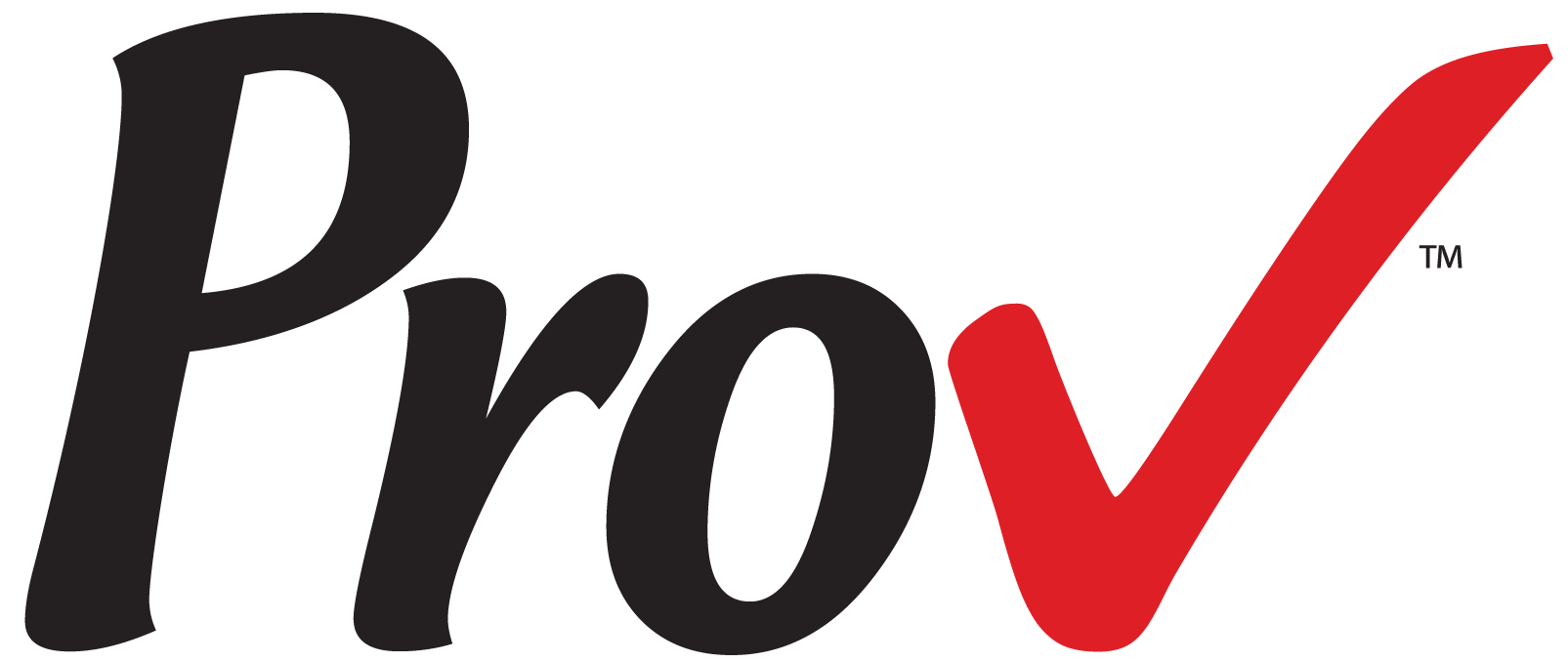
What’s Your Learning Style?
We all have our preferences. Some of us like Chinese food while others prefer Italian. Some prefer action movies while others like comedies. Some of us would rather watch football while some of us prefer to watch baseball. Different people have different styles – it’s what makes the world interesting. When it comes to learning, most of us have a preferred style for that, too. Understanding your preferred way of learning can help you retain more information and improve your test-taking as well.
Learning styles can be divided into four basic categories: Visual, Auditory, Kinesthetic, or Reading/Writing. There are subcategories for each of these categories, and there is a bit of cross over between them, but by understanding these four primary ways of learning, you can focus on your individual strengths to improve your chances of success.
Here is a look at each learning style and how you can draw on your preferred type of learning to achieve your best results.
Visual
Visual learners want to see things and observe things. They rely on pictures, graphs, diagrams, colors, and shapes to help them understand information. Visual learners are sometimes called “spatial” learners because they also understand information better when it’s located visually in relation to other information. Visual learners often make lists of information or sometimes they doodle to create a visual reference for the information they are studying. If you’re studying, use colored pens, markers, or pencils to highlight different types of information.
Auditory
Auditory learners use sound to help them understand and remember information. Sometimes they find it difficult to listen and take notes at the same time. Auditory learners like to listen to lectures or hear books on tape/CD. Sometimes they will read out loud to themselves to help store the information they are studying. Auditory learners ask questions out loud and prefer using conversations to help them understand instructions. Use recordings of yourself to help you study or review important information.
Kinesthetic
People who learn kinesthetically like to try things out. They learn best by doing and getting their hands on what they’re learning. These learners are sometimes called “tactile” learners because they like to touch what they are studying, and they have a hard time sitting still for lectures. Creating games or using movement helps them understand and store information. Kinesthetic learners can use a physical approach to understand even complex or abstract ideas. Some kinesthetic learners tap their fingers against their palm or on their legs to help create a physical link to what they are studying.
Reading/Writing
These learners rely on the written word to help them understand subject matter. By reading instructions, they can break down complicated information into easily understood pieces. They also like to write information in their own words to summarize what they are studying or use written instructions to convey what they’ve learned to others. If you’re a reading/writing learner, you can create rhymes or poems to help lock important details into your memory.
Learn More
When you understand your learning preference, you can draw upon those natural strengths to help with studying and applying what you’ve learned. If you’re not certain what your learning style is, you can visit http://www.educationplanner.org/students/self-assessments/learning-styles-quiz.shtml and take a brief quiz that will help identify your preference and read more about your particular learning type.


